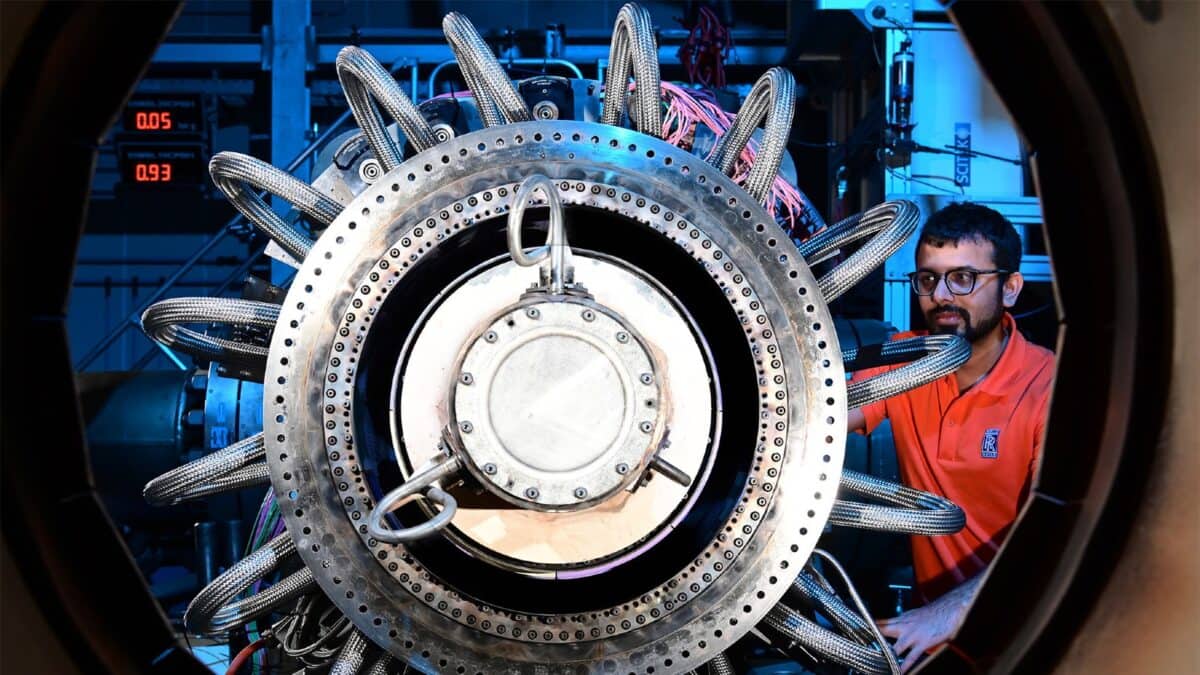Rolls-Royce’s (LSE: RR) share price has leapt over two-and-a-half times from its 10 March 2023 one-year low of £1.50. Since its two-year 12 October 2022 low of 66p, it has shot up nearly six times.
It hasn’t paid a dividend since 2019. But on share price growth alone, a £10,000 investment two years ago, would now be worth around £58,000!
Given this extraordinary price action, many might think that the stock is now too expensive for them to buy. Others may think they should just get on the bandwagon regardless of the price.
In my experience as a former investment bank trader and now as a retail investor, neither view is beneficial.
I think the only question worth asking is: does the stock still have value?
Value to be had?
The starting point for me in answering that on any stock is to compare its price to those of its peers.
And using a key stock valuation measurement, such as the price-to-earnings (P/E) ratio, is a good way to begin.
Rolls-Royce currently trades on this key measurement at just 13.4. Remarkably to me, this is still by far the lowest among its peers, which have an average P/E of 28.5.
These competitors comprise BAE Systems at 20.4, General Dynamics at 22.5, Northrup Grumman at 33.5, and RTX at 37.7.
So, Rolls-Royce stock could still be very undervalued on this measure, despite its huge price rise.
How undervalued is my next question?
I used the discounted cash flow model to try to ascertain what a fair value per share would be.
This showed the stock to be around 42% undervalued at its current price of £3.83.
Therefore, a fair price would be about £6.60 a share. This doesn’t automatically mean that the stock will ever reach that level. But again, it confirms to me how appealing it still is.
Does the core business support further gains?
There are risks in all businesses, and Rolls-Royce is no different.
Research, development, and manufacturing in any of its three main business lines – aerospace, defence, and power – is very expensive. So, any failure of a product in the field will cost the company a lot of money to rectify.
Additionally, civil aerospace still constitutes just under 45% of all its revenue. So the outbreak of another pandemic or another issue that grounds planes would be a major blow.
That said, the 2023 results showed underlying profit increased by £938m to £1.6bn, while revenue increased from £12.7bn to £15.4bn.
Underlying operating margins rose from 5.1% to 10.3%, and free cash flow jumped from £505m to a record of £1.3bn.
Rolls-Royce now expects free cash flow to hit £1.9bn by the end of this year. And it forecasts underlying profits as high as £2bn in the same period. These can both be huge spurs for further growth.
So will I buy it?
I already have a sizeable holding in BAE Systems that I bought at a much lower price a long time ago. Like Rolls-Royce, its shares have performed extremely well, so I am happy with that position.
If I didn’t have that holding, though, I would certainly buy some Rolls shares now.
They still look good value, in my view. And the business seems well set for strong growth.








